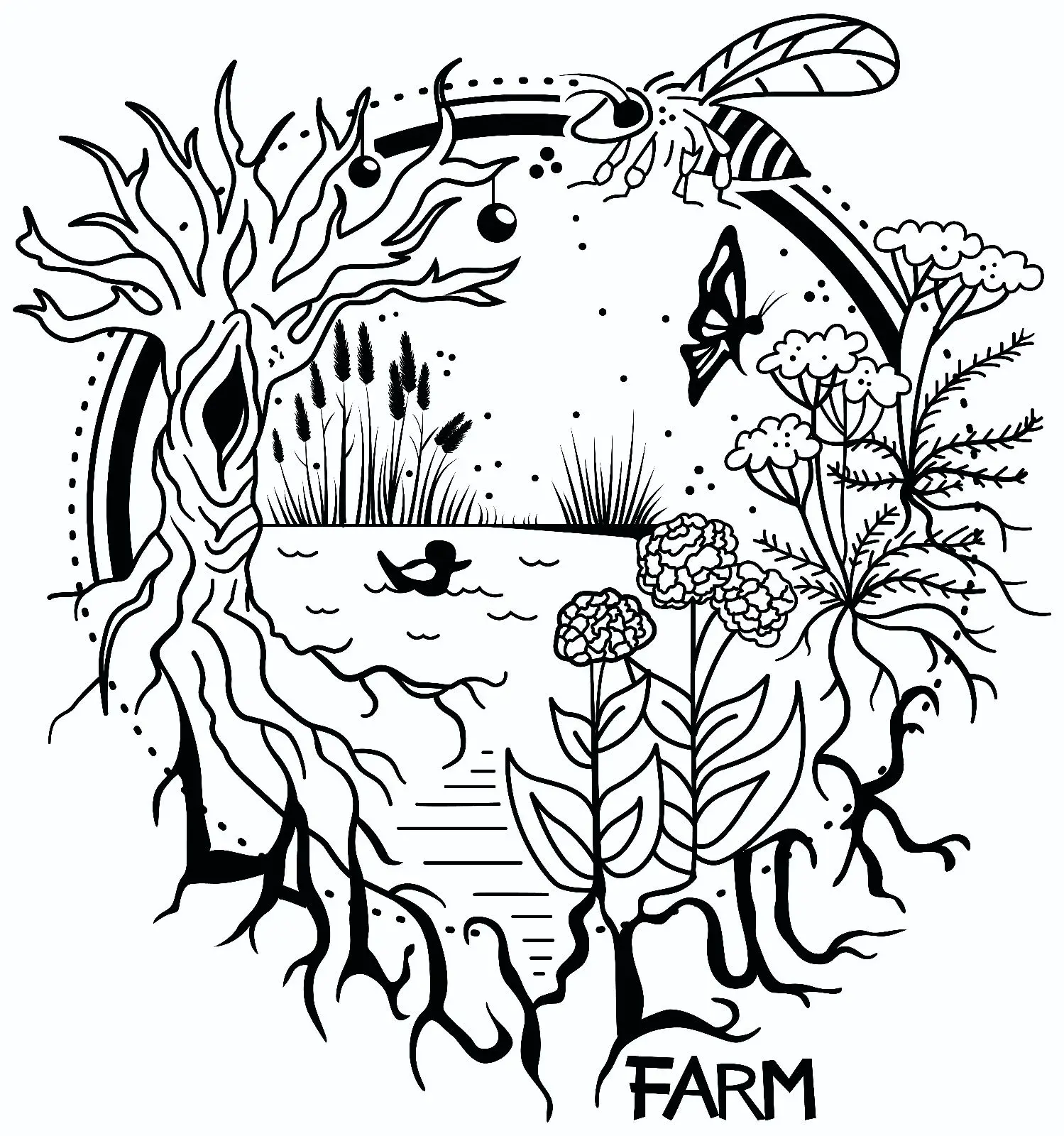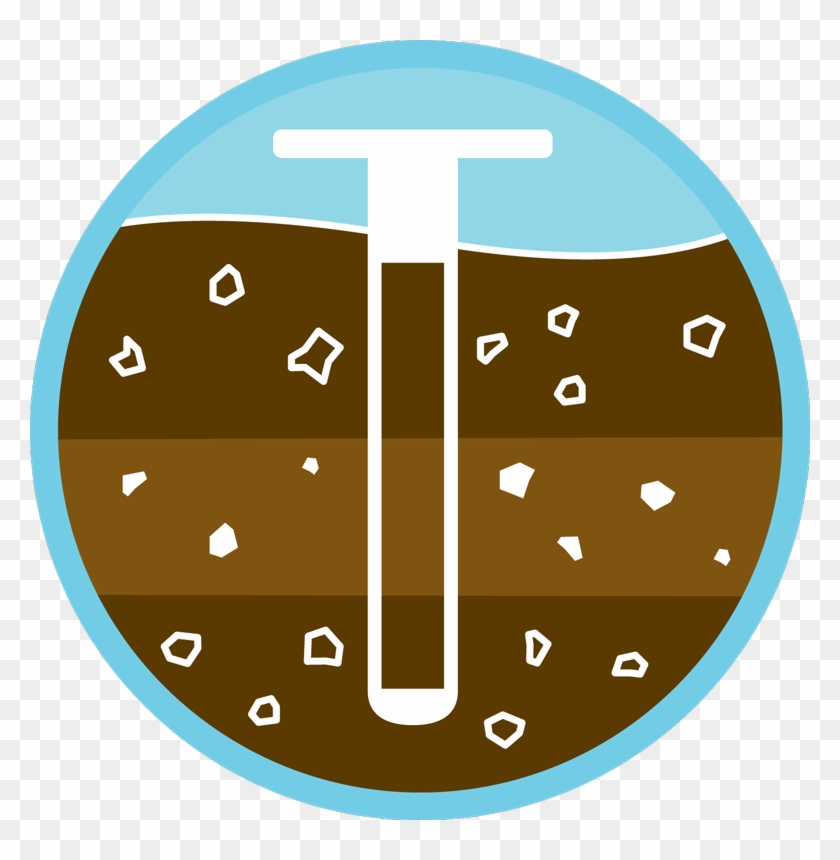Long story short - I moved from a country where there’s an abundance of black soil to a country with a dry climate and not much black soil. Not only that, I moved from an apartment to a house with plenty of land. I believe strongly that growing my own produce is the way to go, but sadly I lack a lot of skill.
What I want to do is to plant a few plants, bushes and trees to get started with gardening, but I’m not sure whether the types that I want to plant will take well to the soil.
So the first logical step in my mind is to figure out what kind of a soil I’ve got and what it’s well suited for and can I make it work for some things that it might not be ideal for.
That’s why I was super hyped when I found this community, but it looks like people here are mostly posting articles and the discussions are more on the specialist/scientific side, so I hope my question doesn’t stick out as unwanted.

Fist step is do some searching for soil maps and geologic maps and do some reading.
Will do, thank you!

Like @Lexicon said, looking up soil maps for your region and reading about the predominant types around you is a good start. You can also take samples of the soil from the areas you’re planning to garden in and do a jar test to see what your prevailing mix is like - dig several test holes for each garden space and mix them to get a representative sample for each garden. Take some of the mixed soil for each garden area and put them in labeled jars with an equal amount of water and agitate the jars (after closing them). Let that water set for a while to allow the soil to fall out of solution and stratify - you’ll be able to measure the layers of sand, loam, and clay to get a decent idea of what you’re working with.
Knowing the composition of the parent material is good, but it won’t tell you what minerals and nutrients are present. You may be able to find soil testing kits at a nearby garden center to do some tests yourself. Where we are, a nearby Agricultural College performs soil tests for a relatively low cost and allows us to select which tests we want done. Personally, I found a Haney soil test to be the most actionable out of the various mineral/nutrient/biological activity tests we’ve had done. Some labs will send treatment recommendations along with the results, with suggestions of soil amendments you can add to bring certain elements into the desired range (but the best way to amend and improve the soil is with plants!)
In addition to looking into your soil type, doing some research into the native plants of your area will provide many clues to what families of plants will do well for you. Check out some botany field guides or foraging guides from your local library, they’ll often have information about the types of areas in which the plants can be found, as well as other species they’ll grow alongside. There may be a native plant society around you (us plant nerds will talk your ear off) to make suggestions or share experiences as well as providing you opportunities to trade for plants. If you see someone working in their garden in your neighborhood: politely introduce yourself, compliment their plants, and ask them for advice for someone who just moved there and wants to garden*. If there is a local farmer’s market, go there and ask folks what grows well and what plants to avoid.
*The latest new neighbor who did this to me got sent home with several dozen cuttings and a few more dozen starts
Thank you for the tips! Luckily I’ve got too many jars laying around so that won’t be a problem.
As for neighbours, there’s a bit of a language barrier, but I’ve got my gf’s grandma who’s growing a bunch of stuff near here so I’m definitely planting natives, but I also want to plant a couple of blackcurrant bushes which might prove to be a little tricky since there’s little rainfall.

One method that may be useful for experimenting with currants in a dry region is the practice of pit-and-mound plantings. Just upslope of where you intend to plant them, dig a small hole and tamp down the bottom and sides to create a basin. It can help to add water during this step, and it will give you the ability to see how the rate of percolation (the draining of the water through the soil) changes. The goal of this method is to catch as much of the precipitation as possible and release it slowly and locally to a particular plant. This will give that plant a longer period of water availability which could help to mitigate the general lack of rain.
Since currants propagate readily from mounding, or stool layering (if you’re looking for other plants this will work with), you can use the soil you dug to build up soil against the stems. Alternatively, you can use the removed soil to create small half rings on the downslope side of them to create additional space to hold water. If you decide to mound the soil, be sure to make the top as flat and level as you can to allow water to soak in instead of running off too quickly.

